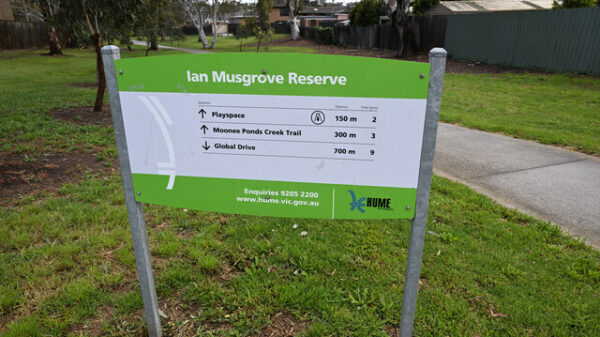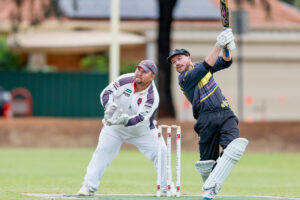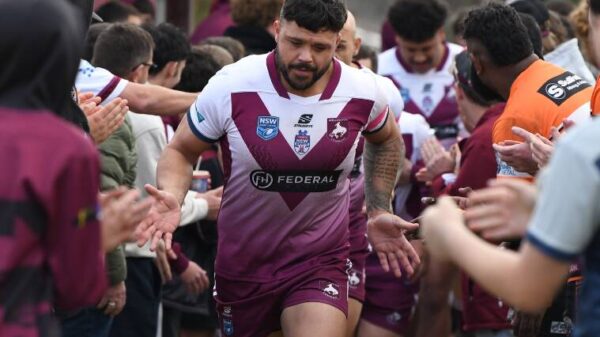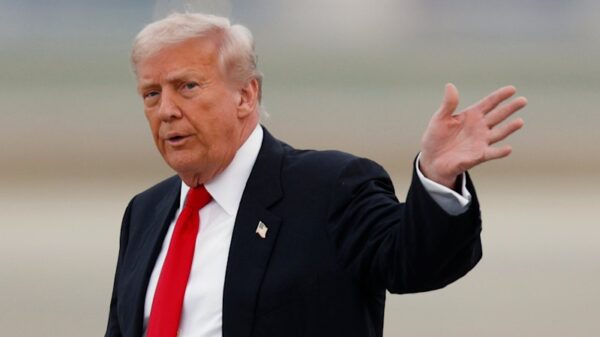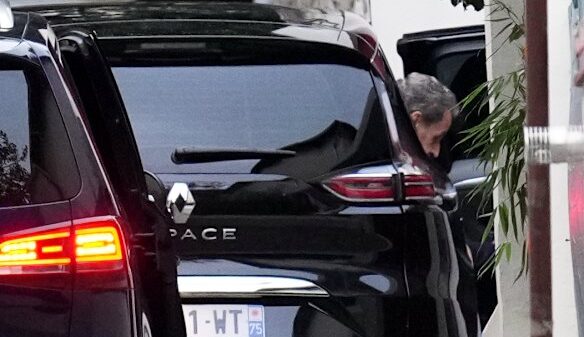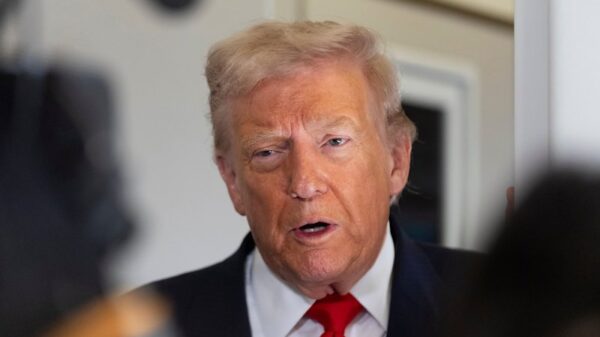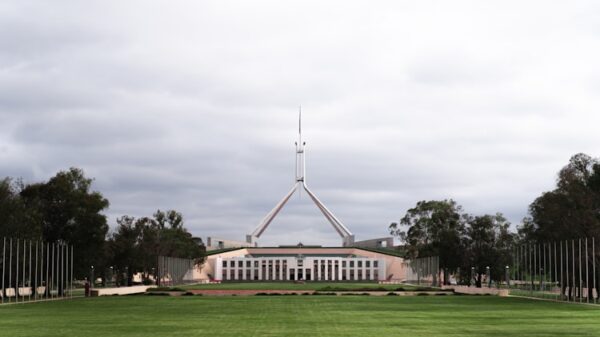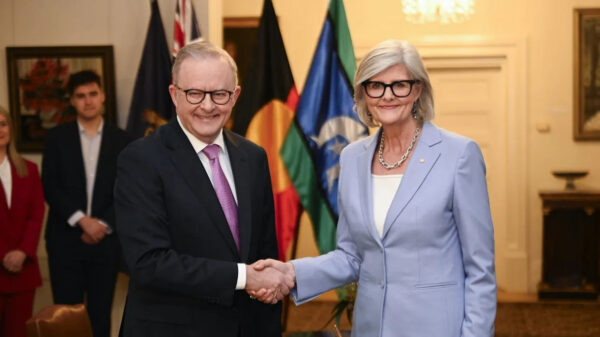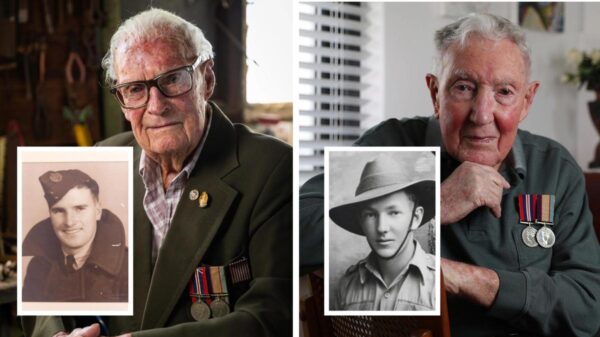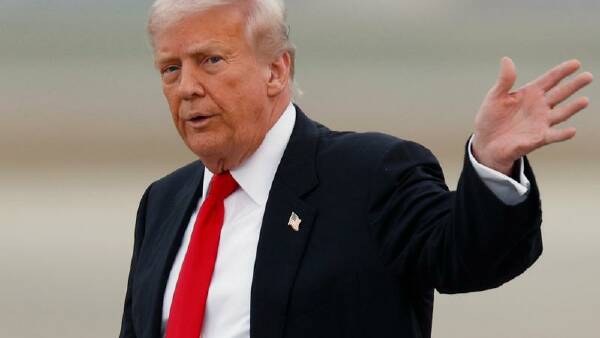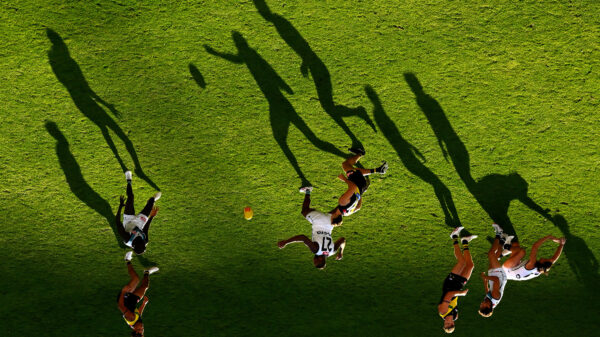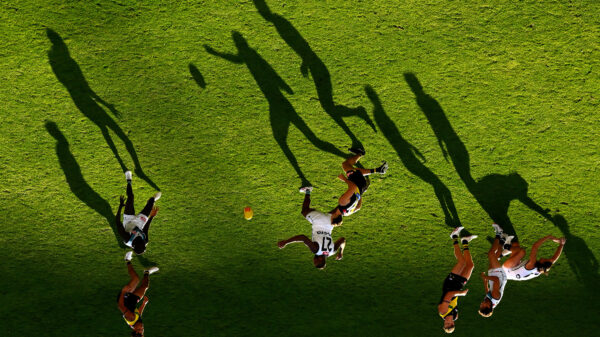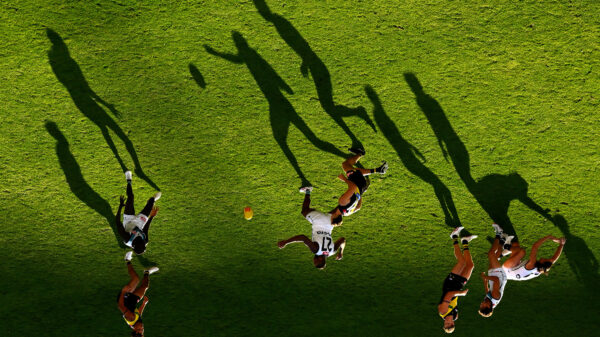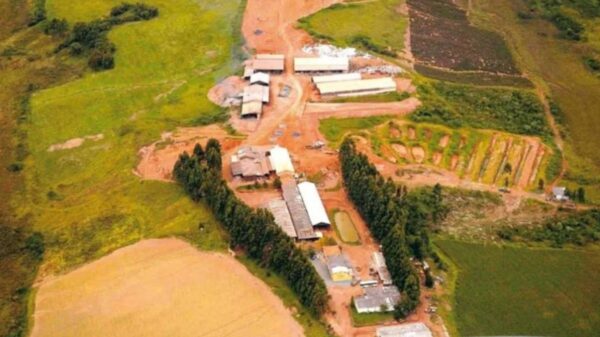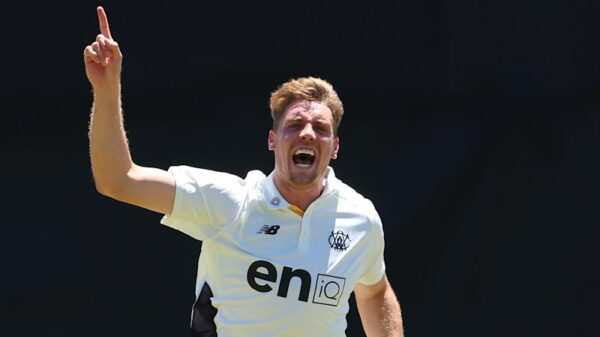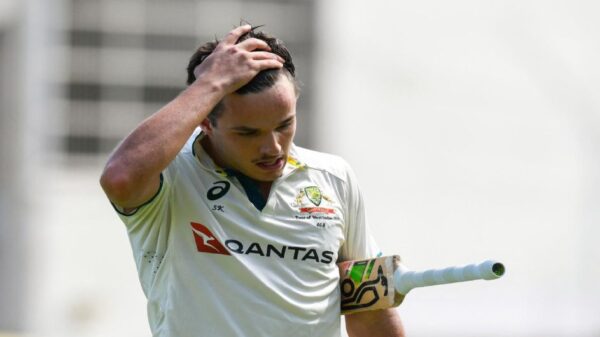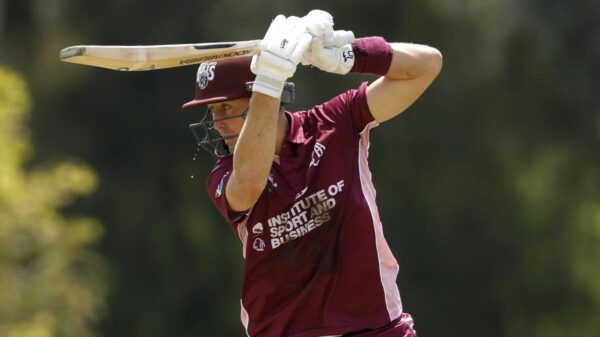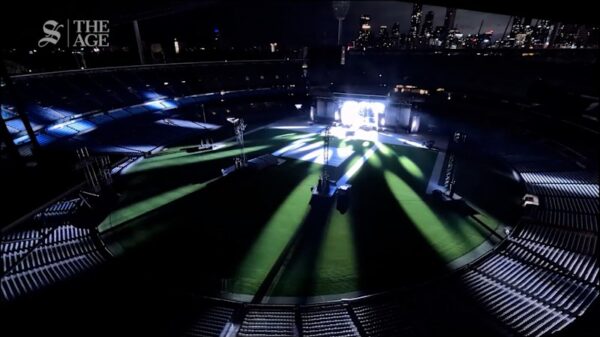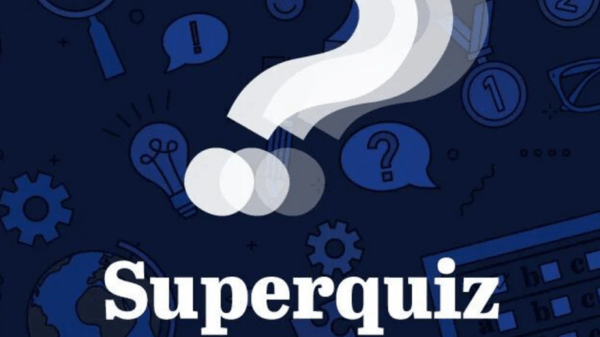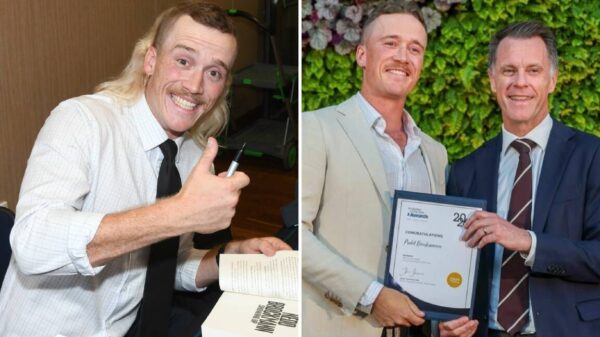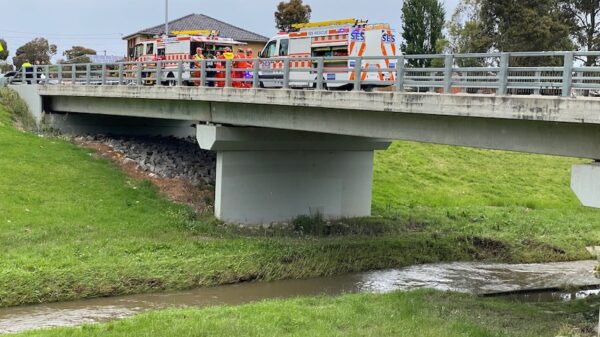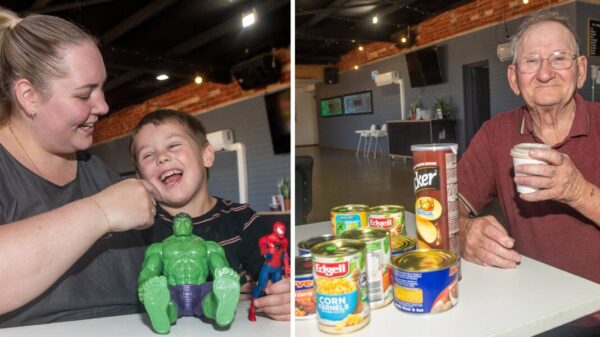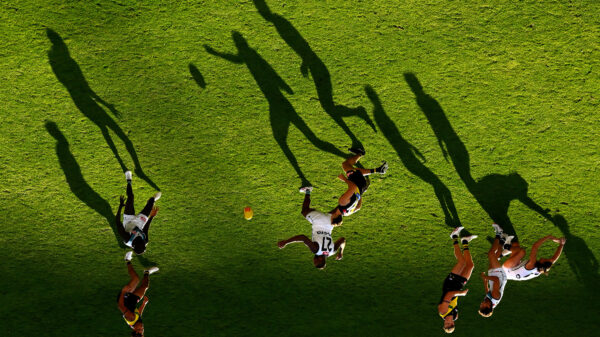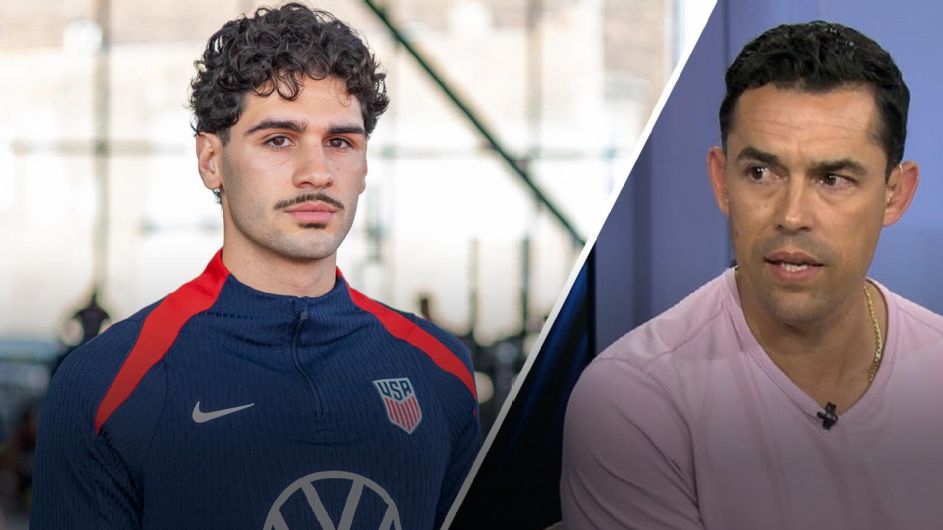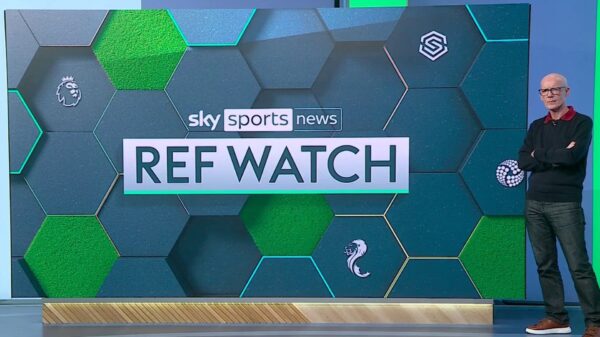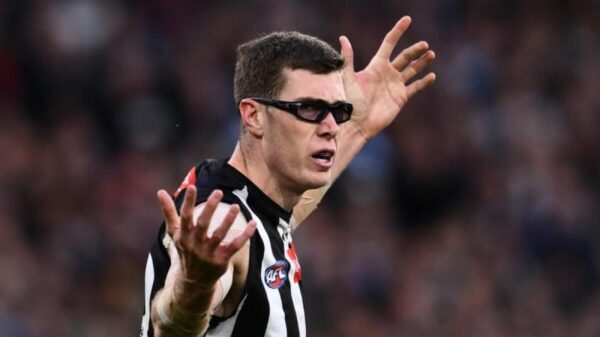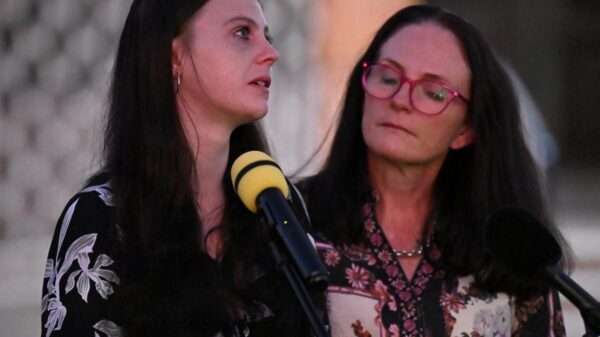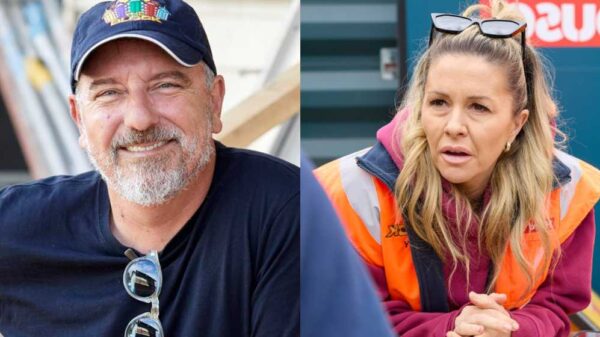As the countdown to the 2026 FIFA World Cup continues, the roster for the United States Men’s National Team (USMNT) is starting to take form. Following a tumultuous Gold Cup that saw numerous player absences, manager Mauricio Pochettino is now evaluating his options as the player pool begins to stabilize.
The challenges faced during the Gold Cup have provided unexpected opportunities for several players. Some have made strong impressions, while others may find their chances of making the final 26-player roster next summer dwindling.
Goalkeepers: A Competitive Landscape
The competition for the starting goalkeeper position is fierce. Matt Turner has returned to Major League Soccer (MLS) after a stint in Europe. His move back to New England should provide him with the consistent playing time he needs to reclaim his spot. Turner’s World Cup experience is a significant asset, but Pochettino emphasizes that only performance will secure his position.
Another contender, Freese, boosted his profile at the Gold Cup, notably outperforming Keylor Navas in a penalty shootout. Despite some errors, including a critical mistake against Haiti, Freese’s performances will be scrutinized closely as the season unfolds.
Zack Steffen has faced injury challenges, which limited his appearances in the Gold Cup. His form has been solid when fit, ranking third in the league with 5.99 goals prevented in just 14 matches. Pochettino has already seen Steffen’s capabilities firsthand, which adds to the competition among the goalkeepers.
Defenders: Shoring Up the Backline
The center-back position is being led by Richards, who emerged as a standout during the Gold Cup. His performance has solidified his status as a likely starter for the World Cup. Tim Ream provided valuable leadership but raises questions about his longevity at 37 years old.
Players like McKenzie and Carter-Vickers are also in the mix, though both need to elevate their game to challenge Ream’s position. The physical presence of Carter-Vickers is notable, but he requires a more refined passing partner to maximize his impact.
Fullback options include Sergiño Dest, who has returned to form after scoring in the Dutch Super Cup. Robinson is recovering from knee surgery and could add depth on the left side. Scally, with over 120 Bundesliga appearances, remains a solid option, although he faces competition from younger players like Wiley, who is expected to show improvement in his second season with Watford.
Midfielders and Attackers: Key Contributors
In midfield, Tyler Adams remains a pivotal figure, despite concerns about his fitness after an injury. Similarly, Weston McKennie must prove his form after a subpar showing at the Nations League. Both players are crucial to the team’s success and will need to demonstrate their capabilities consistently.
Cardoso continues to be an enigma. After an injury-affected Gold Cup, he will need to impress at the club level to secure his place. De la Torre made the most of his opportunities during the Gold Cup but will need to maintain his performance level to ensure a spot in the final roster.
On the attacking front, Christian Pulisic remains a key figure despite some tension with Pochettino regarding his participation in friendlies. Weah is expected to take on a more significant role following his club transfer, which could enhance his performance ahead of the World Cup.
The forward line includes Balogun, who has been sidelined by injury but remains a strong candidate due to his skill set. Pepí also seeks to make an impact after recovering from a knee injury, while Sargent aims to translate his club success into international form.
As the team prepares for the World Cup, the selection process will remain dynamic, with players on the fringes, such as Gio Reyna and Zendejas, needing to elevate their game to earn a spot. With the tournament approaching, Pochettino faces the challenge of finalizing a balanced and competitive roster that can perform on the world stage.


